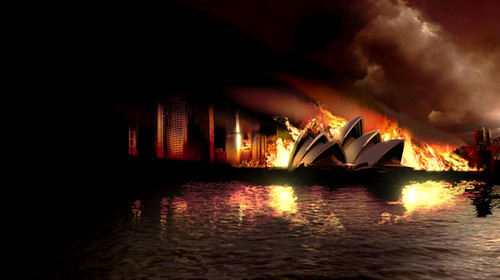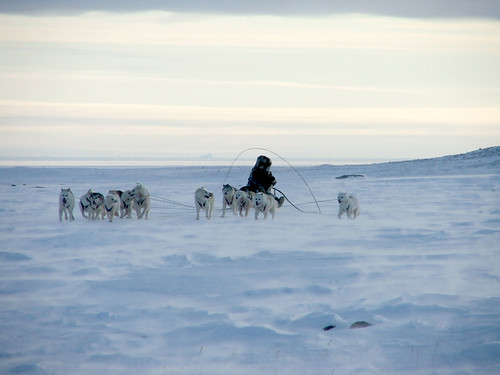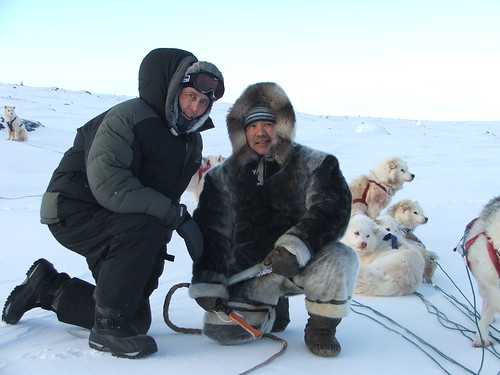
I have just spent two weeks teaching at Whitman College in Walla Walla, Washington State. More on my course another day, but I also had the opportunity to speak to the students and faculty about Documentary in the Context of Globalization.
I talked about how the new digital technologies have democratized access to audio-visual production and how the web has made it possible to instantaneously distribute videos worldwide. This has opened up a two-way street, making local stories available to the world, and bringing the world (or stories from elsewhere in the world) to audiences just about everywhere.
To illustrate my points, I showed excerpts from three films. Burma VJ is one I wrote about on my blog earlier. The film documents the use of small digital cameras by courageous video journalists – VJ’s – to reveal what goes on inside the Burmese dictatorship. With digital cameras and satellite uploads they distribute images worldwide within hours. Their work made all the difference during the 2007 uprising led by Buddhist monks across the country.
Another example I used was the video of the killing of a young Iranian woman during the 2009 protests in that country. It graphically showed her dying moments, and really touched people emotionally. Thanks to the web and cell phone – Twitter was particularly instrumental – it spread like wildfire, and actually helped change the relationship of forces between the regime and the opposition.
As an example of how the new production and distribution context has allowed people who did not traditionally have access to the resources to express themselves audiovisually, I used the amazing Wapikoni mobile experience, which has been running for six years in Quebec. Young aboriginal people have been given training and access to production facilities, and the result is impressive. Many of their films have been presented at festivals and won awards.
For some filmmakers, the starting point is not local but global. That was the case with the 2009 film The Age of Stupid by Franny Armstrong. The premise, established with much aesthetic panache, is that while the world has gone to ruin, one man (played by Pete Postlethwaite) remains in the Global archive in 2055. His archives reveal the stupidity of the people of our era who knew the world was on the road to perdition but didn’t act – stories set, naturally, in our own time.
Finally, I spoke about the phenomenon of immigrant directors (or children of immigrant families) making films about their home countries in the ‘developing countries’. Having access to the funding mechanisms of the richer countries as well as an intimate knowledge – or at least personal connection – to their country of origin, these talented directors have made some great films. Ali Kazimi’s Narmada – A Valley Rises, Rithy Panh’s films about Cambodia are good examples, but I chose to show an excerpt of Up The Yangtze by Yung Chang (NFB & EyeSteel Films).
There are increasing numbers of excellent films coming out of the countries in the South. As a member of the board of the Alter-Cine Foundation, I am able to see the incredible diversity of projects from Asia, Africa and Latin America looking for funding every year. Just reading the proposals, one gets a sense of the many aspects of reality which are not adequately covered by our television networks.
Conclusion – it sound a little simplistic when summarized, but it’s true: by offering a more in-depth treatment of other realities, documentaries contribute to understanding and awareness between peoples.
Thanks to Tobi Elliott for her help with this blog.

